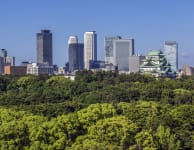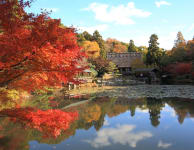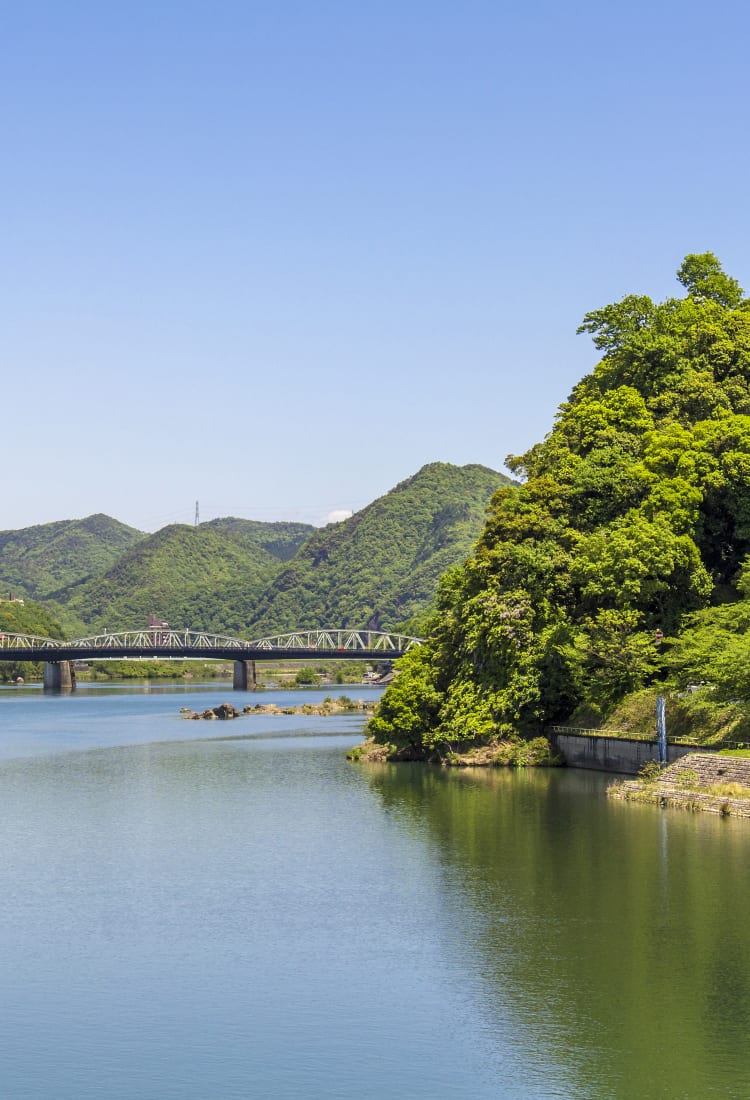

AICHI Inuyama A venerable castle, a feudal lord's classic teahouse, and an almighty phallus
A venerable castle, a feudal lord's classic teahouse, and an almighty phallus
Situated at the foot of rolling hills in the far north of Aichi Prefecture, Inuyama lays claim to one of the country's oldest original castles, Aichi's most spectacular spring festival, including a fertility festival featuring a 300-kilogram phallus, among other attractions.
Don't Miss
- The power and influence of the Oda clan on Inuyama
- Teahouse Jo-an, built by a master of the tea ceremony
- Ancient Tagata Shrine in Komaki
How to Get There
Inuyama is just 30 minutes from Nagoya Station, and has good connections only 15 minutes from Gifu Station.

Command your fief from the keep of one of Japan's oldest castles
Sitting atop a small hill with commanding views of the Kiso River below and the rolling hills of Gifu Prefecture beyond, Inuyama Castle is one of only five castles whose main keep has been designated as a National Treasure. It also gives you a marvellous vantage point for viewing the area's spectacular cherry blossoms in spring or maple trees in autumn.
Built by the uncle of Oda Nobunaga (1534–1582), the castle's old wooden steps are polished smooth from generations of footsteps.

The teahouse of a feudal lord
Inuyama also has one of the finest examples of a teahouse from the golden age of tea in the 16th century, Jo-an, built by Nobunaga's brother Uraku and considered a masterpiece of early Edo period architecture. The attached Urakuen Garden is an example of the artistry of the age.
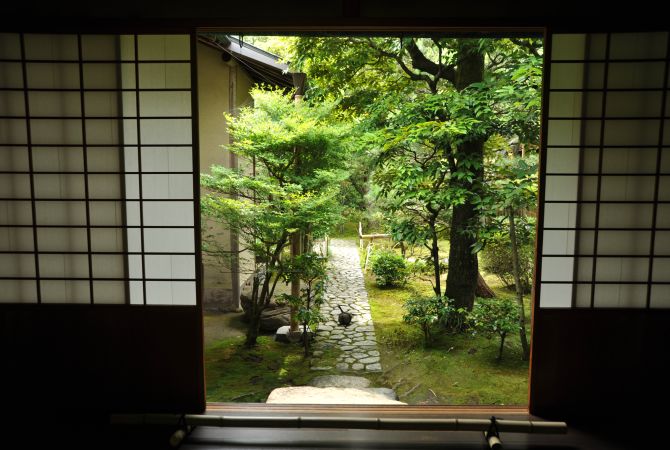
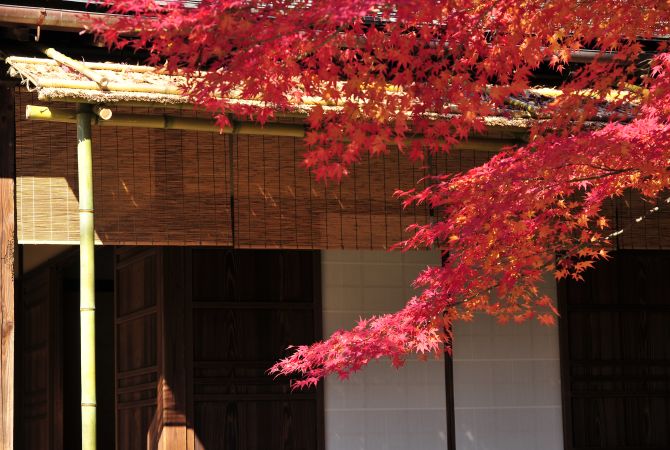
While you amble through the bamboo groves and down Jo-an's stone-paved paths, you can sense the stillness and serenity that the Japanese art of tea instills. And no wonder: Uraku was one of the seven leading disciples of Sen-no-Rikyu, considered an outstanding master of tea ceremony in Japan and the father of the tradition of wabi-sabi, which is based on the acceptance of transience and imperfection.
Enjoy the festivities
Inuyama Festival is one of Aichi's most spectacular. Its 8-meter-tall wooden floats are pulled through the town by locals and heaved around street corners. Try not to fear for the flute-playing children within as the floats seem close to toppling to the ground.

At night, the floats are lit up with hundreds of paper lanterns that cast a flickering glow upon the cherry trees that line the old streets.
A festival that celebrates life
For a singular cultural experience, another nearby festival that you certainly shouldn't miss is the Honen Festival. The highlight of this March 15 event is an approximately 300-kilo phallus being pulled through the streets of the small castle town of Komaki. You'll be invited to indulge in free glasses of sake as the locals pray for a good harvest in the coming year.
The scene for most of the festival is Tagata Jinja, which also features other examples of manmade phalluses. The large phallus is carved new every year from a cypress log.
Museums out in the open
Explore revolutionary times around the world and in Japan at Inuyama's remarkable open-air museums. At the Little World Museum of Man , for example, you can visit a Korean farmhouse, an opulent Peruvian home, a Burkinabe compound and a Swedish Sami tent in a family-friendly celebration of cultures from all over the world.
Meiji Mura , on the other hand, reflects life in the culturally tumultuous Meiji period. You can see how Western culture inspired Japanese architects as the nation moved from its samurai past into the modern era.






















































